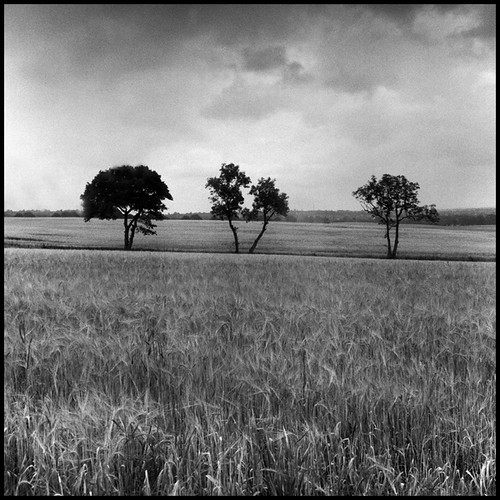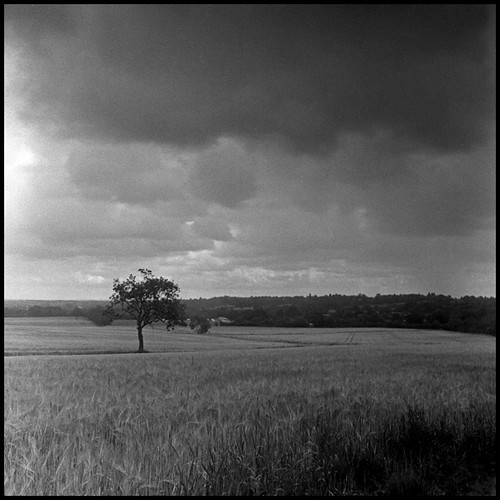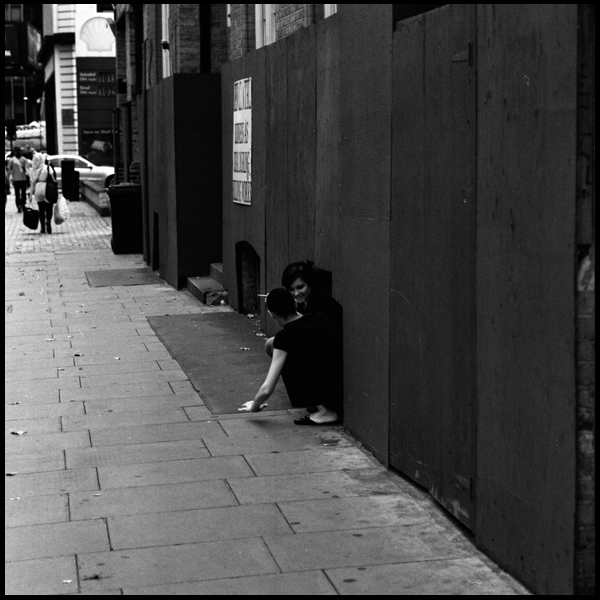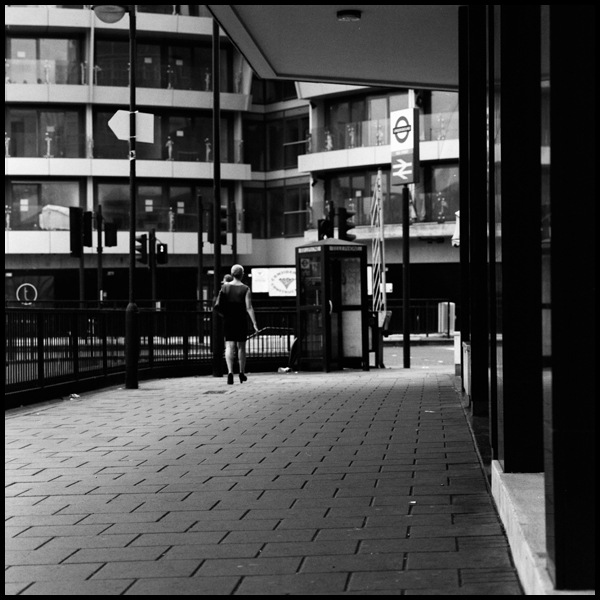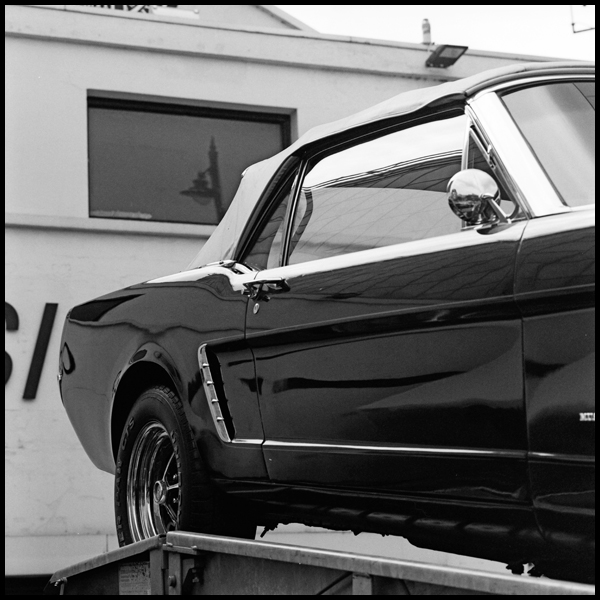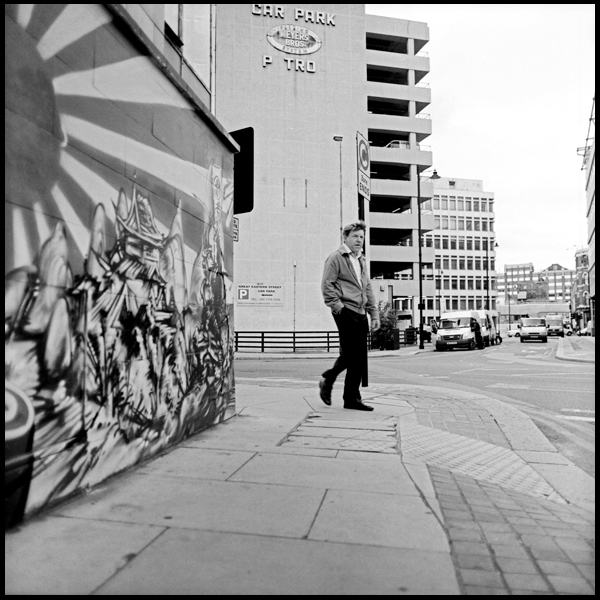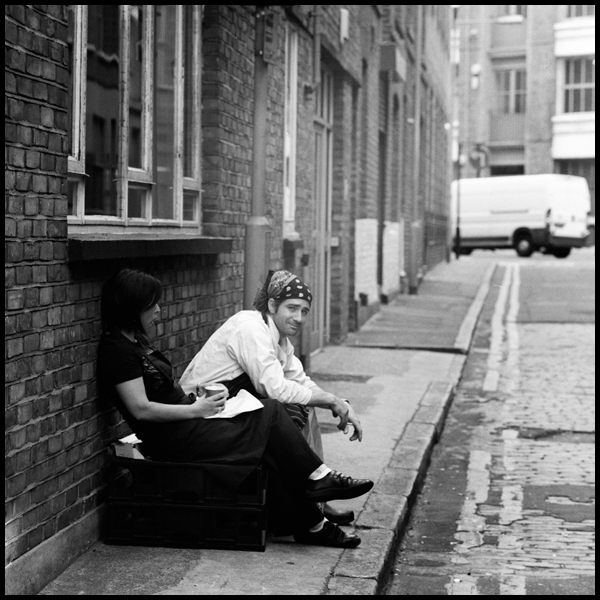- Messages
- 2,659
- Name
- Mike
- Edit My Images
- Yes
Just went on a little shopping trip to Silverprint at lunchtime today and came back with the following - purely as an experiment...
5 rolls of Adox CHS 25 Art
2 rolls of Rollei Pan 25
2 rolls of Ilford Pan F+ 50
I also have a few rolls of Delta 100 and 400 at home
On the dev side I bought
ID-11
Rodinal Special
Perceptol
So, question is, which dev works best with which film? I plan on doing some landscape shots with slow water etc.
Cheers
Mike
5 rolls of Adox CHS 25 Art
2 rolls of Rollei Pan 25
2 rolls of Ilford Pan F+ 50
I also have a few rolls of Delta 100 and 400 at home
On the dev side I bought
ID-11
Rodinal Special
Perceptol
So, question is, which dev works best with which film? I plan on doing some landscape shots with slow water etc.
Cheers
Mike












